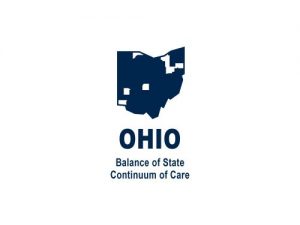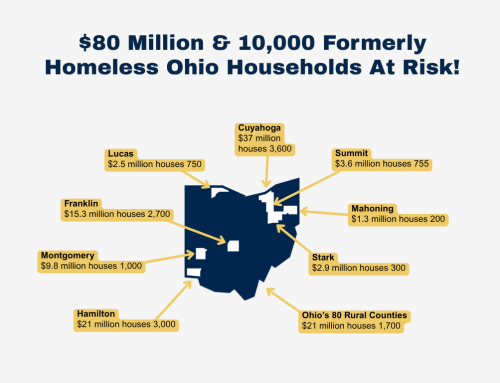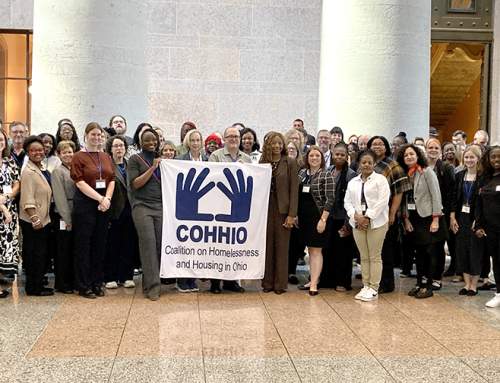The strategy of Diversion is based on the notion that it’s better to help someone avoid homelessness than to wait and figure out how to restore housing stability once they’ve already lost their home.
It’s only been one month since Ohio’s 80 rural county homeless system implemented its Diversion process, but local agencies in the Balance of State Continuum of Care (BoSCoC) have already seen considerable success in helping people avoid homelessness. Earlier this year, the BoSCoC began training providers through a combination of webinars and in-person trainings in preparation for the July 2 launch date.
As of early August, one month since implementation of the official diversion process, providers around the BoSCoC have been able to divert 10 percent of households experiencing a housing crisis from emergency shelter to a more permanent solution.
Diversion prevents homelessness by helping families or individuals remain safely in their current housing or, if that’s not possible, move to other housing without requiring them to stay in a shelter first. The strategy is to identify immediate alternative housing options and, if necessary, connect people to mediation, financial assistance, and mainstream resources they need in order to return to permanent housing.
In the summer of 2017, BoSCoC, along with HUD Technical Assistance and Coordinated Entry liaisons, began developing a diversion process for Ohio’s 80 rural county region. That involved developing a definition, figuring out how to track diversion efforts in HMIS, and gleaning knowledge about best practices around the nation.
Diversion is a proven asset in the mission of decreasing homelessness and increasing housing stability. We look forward to continuing to track the results of having an official, trackable diversion process in the BoS.








